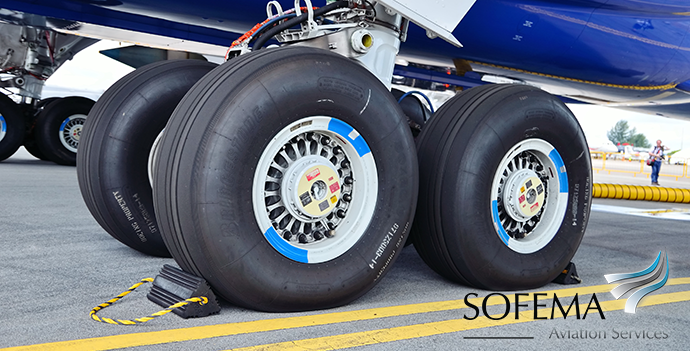Introduction
The Landing gear basic design is developed early in the aircraft design cycle due in part to the length of the product development cycle time as well as the need for integration into the aircraft structure.
The primary role of course of the the Landing Gear System to absorb Airframe loads during the landing impact as well as providing a suspension system during taxi, take-off and landing. The landing gear needs to be retractable to provide acceptable aerodynamic loading also carries the primary braking system as well to provide an all wheels on ground steering system.
Landing gear is one of the critical subsystems of an aircraft. Something of an “unsung hero” – Aircraft Landing Gear sits at the cutting edge of technological developments, with many technologies being developed directly to meet the performance challenges in design and development of landing gear, specifically the need to design landing gear with minimum weight, minimum volume and reduced life cycle costs.
The landing gear design takes into account and is able to demonstrate compliance with all certification and regulatory requirements I.A.W CS 25 related to strength, stability, stiffness, ground clearance, control and damping under all possible configurations of the aircraft.
Considering Airworthiness Limitations and the Development of MRB tasks
The Landing Gear Comprises of a number of life limited structural and other components as well as system components. Typical components include Main fitting, Shock absorber, Bogie beam/ Trailing arm, Axle, Torque links, Drag/ Side braces, Retraction actuator, Down lock mechanism, Up lock, Wheel & Tire.
The Landing Gear overhaul content and interval is generally validated by means of a sampling program. The LDG sampling results are then reviewed in order to make recommendations for the TBO interval and for possible changes to the maintenance inspections. Therefore, corrosion findings exceeding level 1 should be considered for their possible impact on the TBO interval.
A number of additional system components not directly associated with the actual Landing Gear include Brake unit, Antiskid system, retraction system components.
Certain items that fall into both SSI and MSI definitions (landing gear, doors, etc.).
Assessment Process
MSG-3 requires the MRB working group to to assess the Landing Gear consider however Landing Gear meets both MSI and SSI definitions.
As a Structurally Significant Item (SSI) Corrosion Prevention and Control Programme CPCP applies
Issues related to MSG3 Analysis
Reference comments from EASA the Structural analyses of Landing Gear items are not always properly considered.
There are still existing MRB Rs which do not identify any CPCP requirements for Landing Gear items and which contain the overhaul of the LDG in the Systems Section.
It is possible that some LDG SSIs have been properly selected but the ED/CPCP analyses result in GVIs which have been transferred to the Zonal Section without identifying effectively the CPCP requirements.
In-service corrosion findings which are not properly covered by ED/CPCP requirements might not be adequately analysed resulting in the ineffective monitoring of the CPCP objective.
Related to Corrosion Prevention and Control Program
A Corrosion Prevention and Control Program should be established to maintain the aircraft’s resistance to corrosion. If corrosion is found to exceed Level 1 at any inspection time, the corrosion control program for the affected area must be reviewed by the operator with the objective to ensure Corrosion Level 1 or better.
It is important to ensure that tasks which cover CPCP requirements are properly identified in the MRBR, including those transferred or consolidated in a different section than the Structure Section.
Note If in-service corrosion findings are not properly covered by any ED/CPCP requirements, they might be not adequately analysed and the monitoring of the CPCP objective is jeopardized.
The program is expected to allow control of the corrosion on the aircraft to Corrosion Level 1 or better. Particularly as a result of systematic (e.g. age related) deterioration through chemical and/or environmental interaction.
This Program needs to consider both damage tolerant and safe-life structures
The CPCP should be based on the Environmental Deterioration (ED) analysis, assuming an aircraft operated in a typical environment.
Sofema Aviation Services www.sassofia.com offers EASA compliant regulatory training to cover Aircraft Landing Gear Engineering and Maintenance Management Considerations. For details please see www.sassofia.com or email office@sassofia.com




